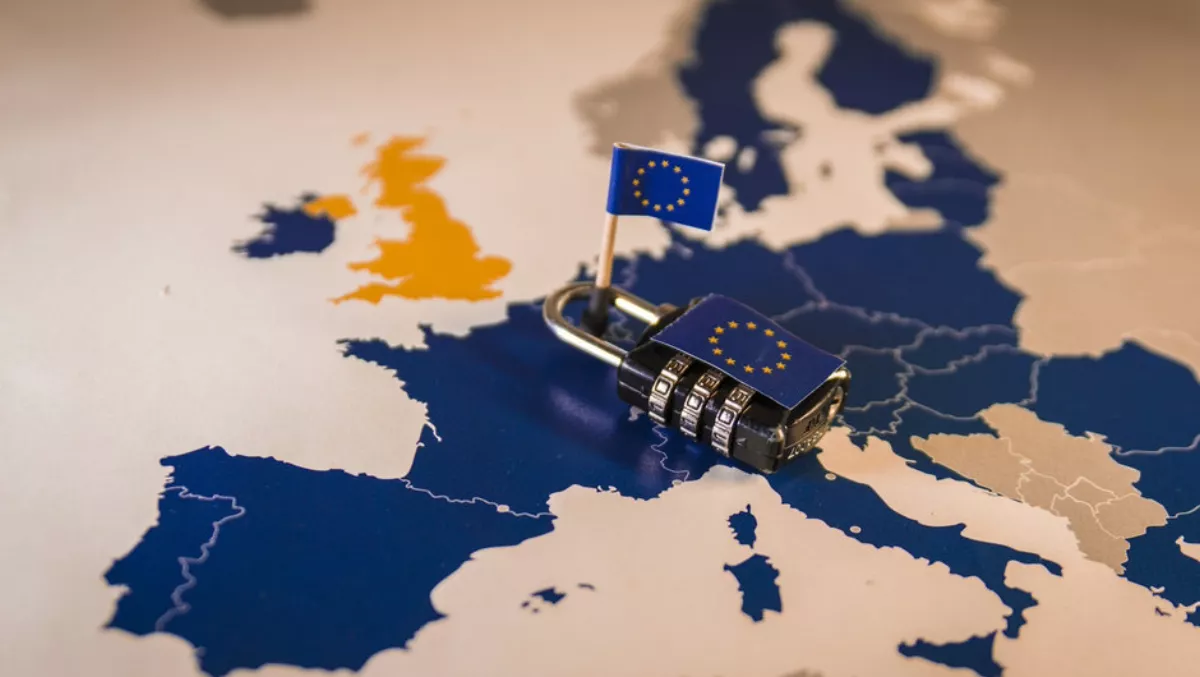
GDPR compliance: Looking beyond the hype
As we near the six-month anniversary of GDPR coming into force, it's important to take stock of where you are on your GDPR journey and what steps are needed to safeguard yourself.
Much ink has been spilled in the run-up to GDPR's implementation and its potential impact on businesses around the globe.
With contrasting advice coming from all angles, the line between GDPR fact and fiction has become blurred.
Here is a look beyond the hype.
How baked is it?
It's widely agreed that many aspects of GDPR and its implications have yet to be fully determined; even the European Commission recognises this.
While the new regulation provides a single set of rules directly applicable to all EU member states, there's still a great deal of enablement work to be done at the country level.
The Commission is dedicating €1.7 million to fund data protection authorities and training.
Nobody is off the hook
Some people have stated that companies with fewer than 250 employees don't need to comply. While it's true that some obligations don't apply to them, generally speaking, they still need to comply.
For example, small-to-medium enterprises (SMEs) with fewer than 250 employees don't need to keep records of their data processing activities unless processing of personal data is considered a regular activity, poses a threat to individuals' rights and freedoms, or concerns sensitive data or criminal records.
Another misconception is around the location of the organisation.
Not being a member of the EU doesn't exclude you from the GDPR.
The regulation applies to any organisation offering goods/services (paid or for free) to individuals located in the EU and any organisation that monitors the behaviour of individuals in the EU.
So even global online businesses must comply with GDPR to continue to serve EU customers.
One size doesn't fit all
GDPR compliance has become the most desired destination of 2018.
However, a single product won't get you there.
The old cybersecurity adage applies to the GDPR as well; it's a combination of people, process, and technology.
It doesn't solely fall into the domain of the IT department but should instead mobilise the entire organisation.
It should be tackled with a combination of organisational changes and technology.
The fines depend on context
Most GDPR content starts with a warning on the potential monetary sanctions organisations are liable for in case of non-compliance (up to €20 million or 4% of the business's total annual worldwide turnover).
However, this needs contextualising.
It's true that these sanctions exist, but it shouldn't be forgotten that the authority must ensure fines imposed in each individual case are effective, proportionate, and dissuasive.
The authority will take into account a number of factors like the nature, gravity and duration of the infringement, its intentional or negligent character, any action taken to mitigate the damage suffered by individuals and the degree of cooperation of the organisation.
In other words, if you're working towards compliance, have done your utmost, have documented your procedures, have implemented systems and technology, you may be able to avoid the full extent of the potential fines under the GDPR.
Don't panic, act
Put some steps in place now to ensure your organisation is in the best position in the future.
The new regulation is all about data.
However, organisations don't store data in one central location; in reality, data is spread across multiple different systems and locations.
Additionally, not all data is created equal.
Some are stored as structured data, while other data, like documents and emails, is unstructured. The location of data also varies, including in different internal systems, but more is increasingly stored externally in public cloud environments, such as SaaS-based applications.
Because of this, start with an inventorisation (what data do I hold?) and classification (does it fall under personal data?) of said data and build from there.
This should include a verification of the need for a Data Protection Impact Assessment (DPIA) in case you process data that is likely to result in a high risk to the rights and freedoms of individuals.
When collecting personal data, you now need to ensure you clearly inform the individuals whose data you're requesting.
When asking for consent to collect and process data, you must indicate who you are (including your DPO, if you have one), why you need the data (including the legal justification of why you want to process the data if applicable), for how long you are keeping the data, and if others, such as processors, will receive the data (including if it will be sent outside the EU).
You also need to inform the individual about their rights pertaining to their personal data at the time of collection and if they have the right to receive a copy of the data, lodge a complaint with the individual's local Data Protection Authority, and withdraw consent at any time.
As with all new regulations, a mindset change is the most important part of the puzzle.
Ensure your team is on board with the regulation and you'll be halfway on track to the road of compliance.

